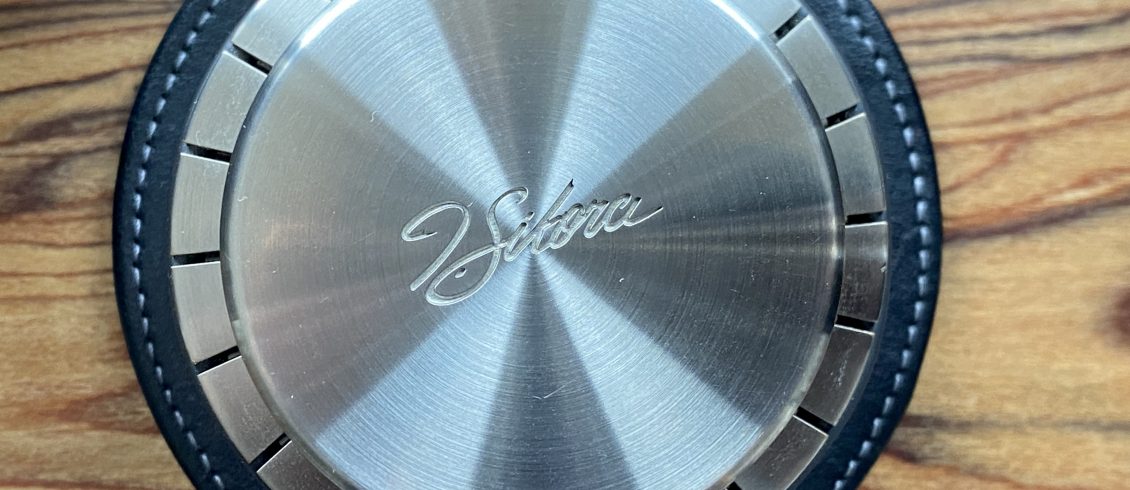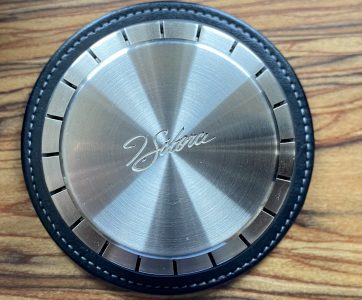Although this text concerns the J.Sikora Initial turntable, it is in fact a review of the complete set, which consists of the turntable itself and the company’s own tonearm, the J.Sikora 12KV. Although this device is not cheap by Polish standards, it is still considered an entry level product by the company. This category can be tricky, as it usually involves certain compromises and deviations from the main assumptions of the companies, which I wrote about in the case of the Kondo Overture, and which allow the price to be lowered while maintaining both the quality of the product and the character of the company’s sound concept. As with Kondo, this entry level model starts where most companies’ offerings end. Before we begin, however, let me introduce the topic to help clarify my conclusions.
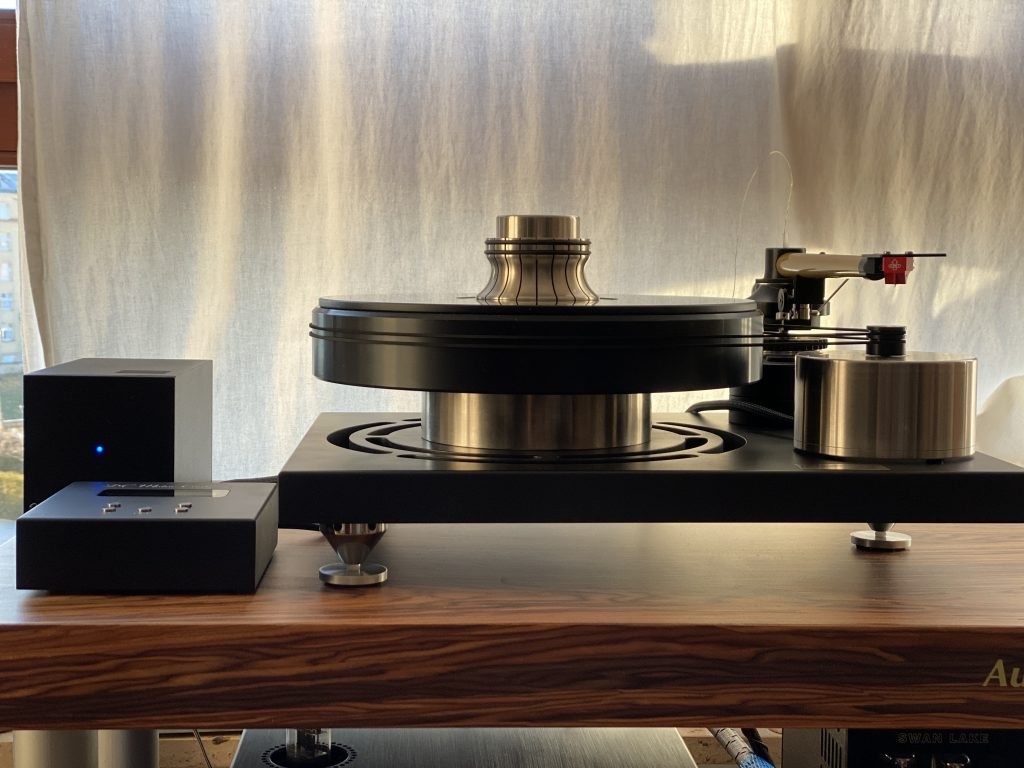
Weighing 28 kg, the Initial, although the lightest of the entire J.Sikora range, belongs, like the company’s other turntables, to the mass loader category, i.e. turntables with a high weight. The basic idea behind this concept is that a heavy object needs more energy to move or to transmit vibrations. If this energy is insufficient, the object will not move, i.e. it will not produce any secondary sound, and therefore no vibration will occur. In reality, however, adding mass does not remove vibrations, but shifts them to a lower resonance frequency. That is the first point.

Secondly, different materials have very different resonance properties depending on their density and microstructure, and consequently react differently to resonance. Basically, the harder or denser the material, the faster it transmits sound. Designers decide how their device will ‘sound’ at the material selection stage, as the type of material chosen affects the sound. For example, wood absorbs resonances and dampens vibrations, or in other words, it absorbs some resonances and amplifies others, depending on the species and type, thereby imposing its own resonant character. Plastic, although it has resonance properties similar to wood, absorbs resonance and dampens vibrations in a non-linear manner (the microstructure of plastic is irregular, so absorption is also irregular). This affects the sound because resonances are not absorbed evenly across the entire frequency range, which can result in a loss of dynamics.
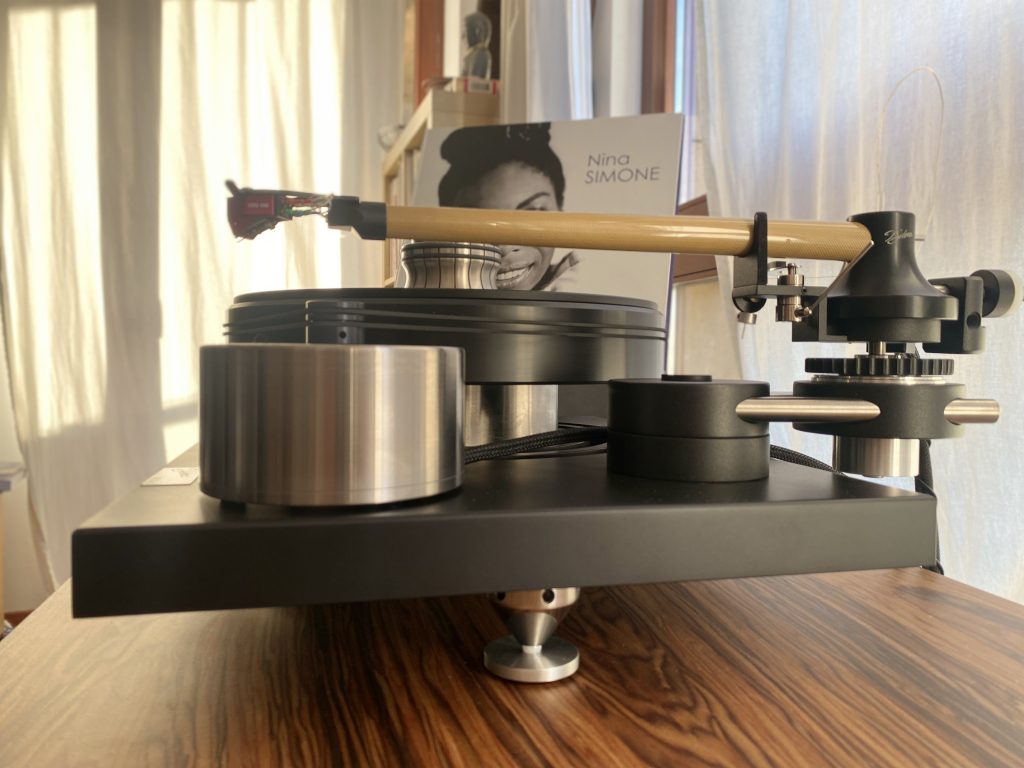
Metals, on the other hand, have a very orderly and regular microstructure and rarely absorb resonances; what is more, they can amplify them. Some, such as stainless steel, are very dense. Others, such as aluminium, being less dense and lighter, are characterised by a lack of internal resonances in the human hearing spectrum and a certain resonance absorption property. And we are talking exclusively about materials and their influence on sound through their resonance properties.
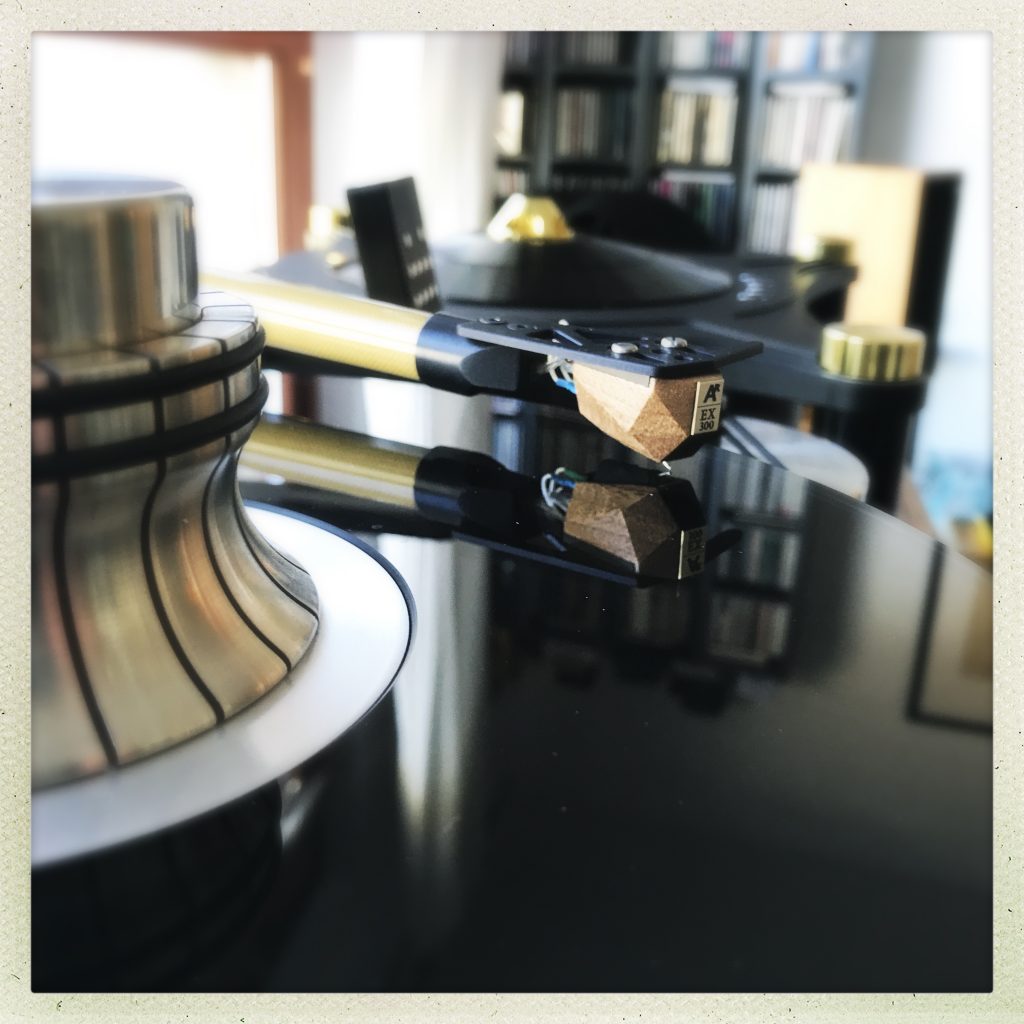
Another important aspect is the connection between separate parts and different materials. One of the more common ideas is to combine different materials with different properties, for example, combining a dense, fast-transmitting material (such as stainless steel or bronze) with a soft, absorbing material (such as plastic or wood). This combination can be ideal for dampening resonance, but it comes at the expense of dynamics, as some of the energy is converted into heat in the softer material, especially plastic. The way the individual parts are connected is also important. If the connection is loose, the resonance is interrupted and absorbed. On the other hand, a tight connection allows for the unimpeded transmission of vibrations and resonances, which, however, ‘need to be dealt with’. This is where the concept of high mass comes in, which, colloquially speaking, was the focus of the designer of the Initial turntable, Mr Janusz Sikora.

The construction and design of this turntable meets almost all the requirements described above, with the exception that the dominant material here is metal, or rather different types of metal. What is more, the design can be described as modular, as it is not a closed whole, and the manufacturer has provided for the possibility of further development to the MAX version. In our case, we are dealing with the basic version, which consists of a plinth with a platter, a motor, a speed controller and a power supply (in the test version in the premium version), and, in my opinion, the visual identifier of the entire J.Sikora turntable family, a massive, two-piece turntable clamp and a mat made of graphite glass. A characteristic feature of the aluminium plinth are concentric circles, which are designed to reduce and disperse vibrations from the turntable. The latter, made of a material called Derlin (also known by the acronym POM, short for polyformaldehyde), rests on a stainless steel base. Its task is twofold. On the one hand, it transfers vibrations to the plinth as quickly as possible, and on the other, it is the mounting point for the bearing. Both the concentric circles and the platter made entirely of Derlin are compromises associated with the entry-level category mentioned at the beginning. Also related to this category is the arm mounting system, which in higher models rests on a massive modular tower. In the case of the Initial, it is an adjustable arm attached to the plinth, allowing for unlimited adjustment of the pivot to spindle distance. The motor, housed in a solid casing (again, stainless steel), should be placed on the plinth in the position specified by the manufacturer. Everything has been well thought out and refined, and although there is no accounting for taste, the whole thing looks very ‘designer’. All this means that, despite the compromises, the Initial shares the same sound signature as the J.Sikora family of turntables. It consists of an incredible density of sound, like in a good wine, its weight, and darker and warmer notes (in the case of wine, these would be notes of tropical fruits and tobacco). And speaking of percentages, this is more of a mature specimen than a young, unruly and unrefined wine. Before we move on to listening, that’s all there is to say about the turntable. What about the tonearm?
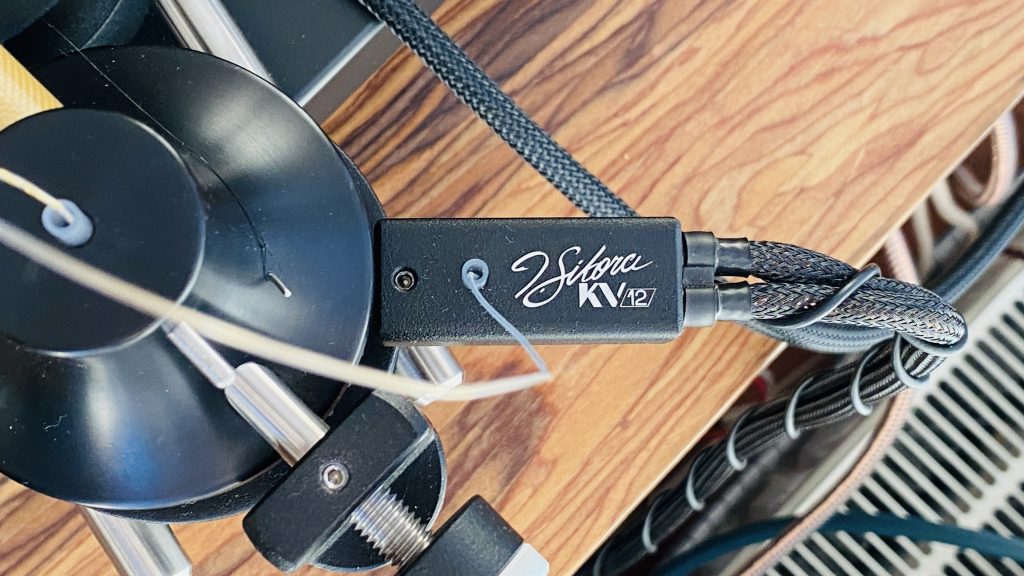
Sikora opted for a tonearm made of Kevlar, a material that is as interesting for its acoustic properties as it is difficult to work with. It is the only tonearm in the world made of this composite, although its global fame is not solely due to this fact. It is a unipivot arm, i.e. with a single point of support, which the designer himself (as far as I know) considers to be the most optimal solution. However, in order to work properly, such an arm must be sufficiently heavy (to prevent ‘bouncing’ due to increasing micro-resonances during operation). As is usually the case with audio, you get what you pay for. The KV12 tonearm rests in a bell-shaped aluminium (?) base, which weighs a considerable 750 g (data required)! Add to this the damping effect of Kevlar, a screw-on headshell and Soyaton cabling, and you get an arm whose tone resembles the best Burgundies combined with the density of a tawny port. Please forgive me for these wine associations, but I would like to be clearly understood and avoid confusing oppositions such as dark-light, warm-cold, etc. These wine associations are meant to direct us towards taste, where dark, dense, heavy drinks are a sign of the highest quality. This is also the case here. However, this has its dark side, nomen omen. While the tone is extremely balanced, elegant and dignified, it is also so in terms of the realisation of timing aspects. The KV12 is like a dignified limousine, which, even when travelling across rough terrain, does not cause any discomfort. Although the tempo and articulation are absolutely flawless, they display a certain character that is associated with a slightly smoothed sound contour. However, this does not detract from it in any way, but rather defines its character and suggests which insert to use to emphasise or compensate for it (depending on your needs). Yes, the KV12 offers us musical comfort and dignity like the best of limousines. No jolts, no excesses, no nervous gasping for breath, even at full throttle and in the convertible option. So how did this ‘duo’ perform and what can we expect from it?

First of all, I should mention that when listening to the Initial and KV12 set, which I will refer to as the turntable, I used EMT (HSD 006) and Analog Relax (AR300) cartridges. Both are well known to me, but both are different. Analog Relax has a rather mild disposition and a more relaxed character, while EMT focuses more on detail, with greater drive and punch. However, neither of them dominated Sikora’s turntable. Ultimately, it was the turntable that imposed its character, bringing out the potential and character of the cartridges. It reminds me of the situation with an instrument and the choice of strings. The instrument determines the sound, while the strings refine and refine it. The Initial showed that it likes dense, dark and heavy sound, which manifests itself in a lowering and weighting of the midrange. This creates more space at the top for the exposure of details, reverberations and air. However, there is nothing artificial about it, no colouration or brightening, only greater ‘accessibility’. The lowering of the midrange also results in less congestion in this most frequently used area of the frequency range. Vocals and wind instruments benefit from this. Snare drums also benefit, especially those played with brushes. The low end is relaxed, but meaty and properly saturated. If you like a dense, dark and heavy sound, Sikora’s offering is certainly one of the more convincing options. If not, it is worth looking for a bright, precise and well-balanced cartridge, as the Initial with KV12 is very sensitive to changes.
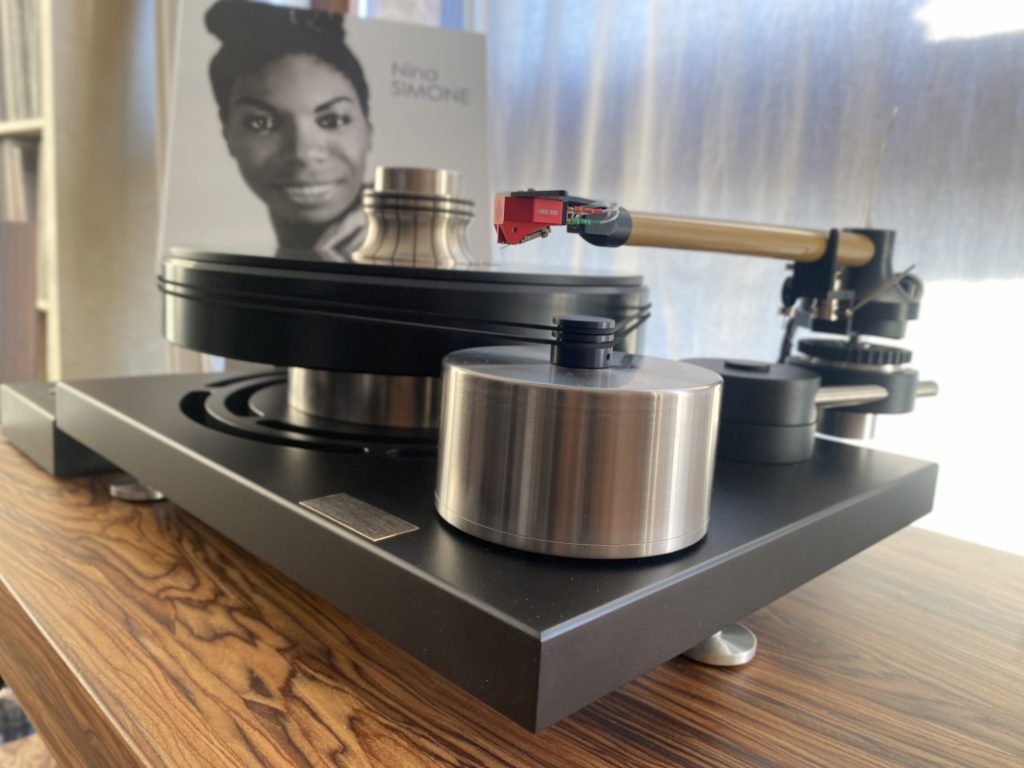
Carefully selected materials, subjected to extremely careful processing, support the visionary concept of someone who wanted to extract as much pleasure and quality as possible from a vinyl record. The fact that he succeeded is not a matter of opinion, but of the reaction of the international market and industry awards that are pouring in from all over the world. Although Initial is only the company’s entry level product, it provides an excellent insight into what the designer wanted to achieve. As with any vision brought to fruition, you may agree with it or not, but you cannot ignore it. In realising his vision, Sikora has come extremely close to the sound of perfection, a sound without distortion, though not without conviction. These convictions have allowed him to realise the vision of a music lover for whom music seems to be the greatest value and the most important thing in existence. The rest is noise. Chapeau bas!

